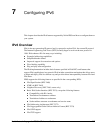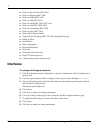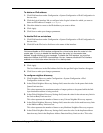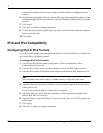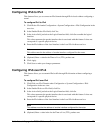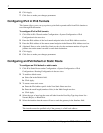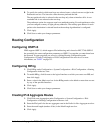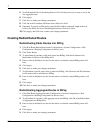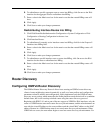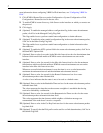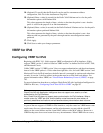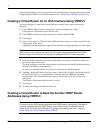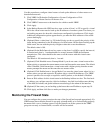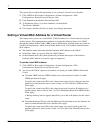
Nokia Network Voyager for IPSO 4.0 Reference Guide 273
6. To specify the order in which next hops are selected, enter a value from one to eight in the
Preference text box. The lower the value the more preferred the link.
The next preferred value is selected as the next hop only when an interface fails. A non-
reachable link is not selected as the next hop.
The preference option also supports equal-cost multipath routing. For each preference value,
you can configure as many as eight gateway addresses. The nexthop gate address for each
packet to the destination is selected based on the nexthop algorithm that is configured.
7. Click Apply.
8. Click Save to make your changes permanent.
Routing Configuration
Configuring OSPFv3
IPSO supports OSPFv3, which supports IPv6 addressing and is based on RFC 2740. OSPFv3
has essentially the same configuration parameters as OSPFv2, except that you enter them from
the Network Voyager page that you access by clicking Routing Configuration under
Configuration > System Configuration > IPv6 Configuration in the tree view. For more
information, see “OSPF” on page 353.
Configuring RIPng
1. Click RIPng under Configuration > System Configuration > IPv6 Configuration > Routing
Configuration in the tree view.
2. To enable RIPng, click On next to the logical interface on which you want to run RIP, and
then click Apply.
3. Enter a value in the Metric text box for the RIPng metric to be added to routes that are sent
by way of the specified interface.
4. Click Apply.
5. Click Save to make your changes permanent.
Creating IPv6 Aggregate Routes
1. Click IPv6 route Aggregation under Configuration > System Configuration > IPv6
Configuration > Routing Configuration in the tree view.
2. Enter the IPv6 prefix for the new aggregate route in the Prefix for New Aggregate text box.
3. Enter the mask length (number of bits) in the Mask Length text box.
4. Click Apply.





